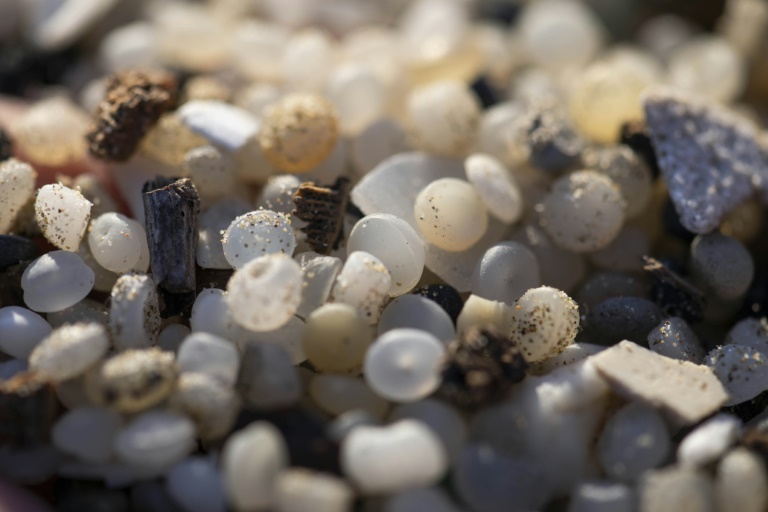Home / Environment / Tiny Plastic Pellets Pollute Landscapes Worldwide, Posing Cleanup Challenge
Tiny Plastic Pellets Pollute Landscapes Worldwide, Posing Cleanup Challenge
10 Nov
Summary
- Nurdles, tiny plastic pellets, spill in massive quantities, blighting landscapes
- Recovering nurdles is a physically intense and time-consuming task, mostly done by hand
- Nurdle spills harm marine life, tourism, and fishing

As of November 10th, 2025, the issue of tiny plastic pellets, known as "nurdles," polluting landscapes worldwide has become a growing concern. These pellets, no bigger than a lentil, are produced by petrochemical giants and destined to be melted down for various products. However, when tens of millions of them spill from trucks or cargo ships, they are incredibly difficult to clean up, blighting landscapes and washing up around the world for years to come.
The European Parliament is currently considering tougher new rules aimed at preventing such disastrous nurdle spills and reducing their pollution impact. If approved, the regulations would require companies in the European Union to adopt safeguards in handling and transporting these tiny plastic pellets. According to the European Commission, between 52,140 and 184,290 tonnes of nurdles entered the environment in the EU in 2019 alone, equivalent to 2,100 to 7,300 trucks full of pellets per year.




